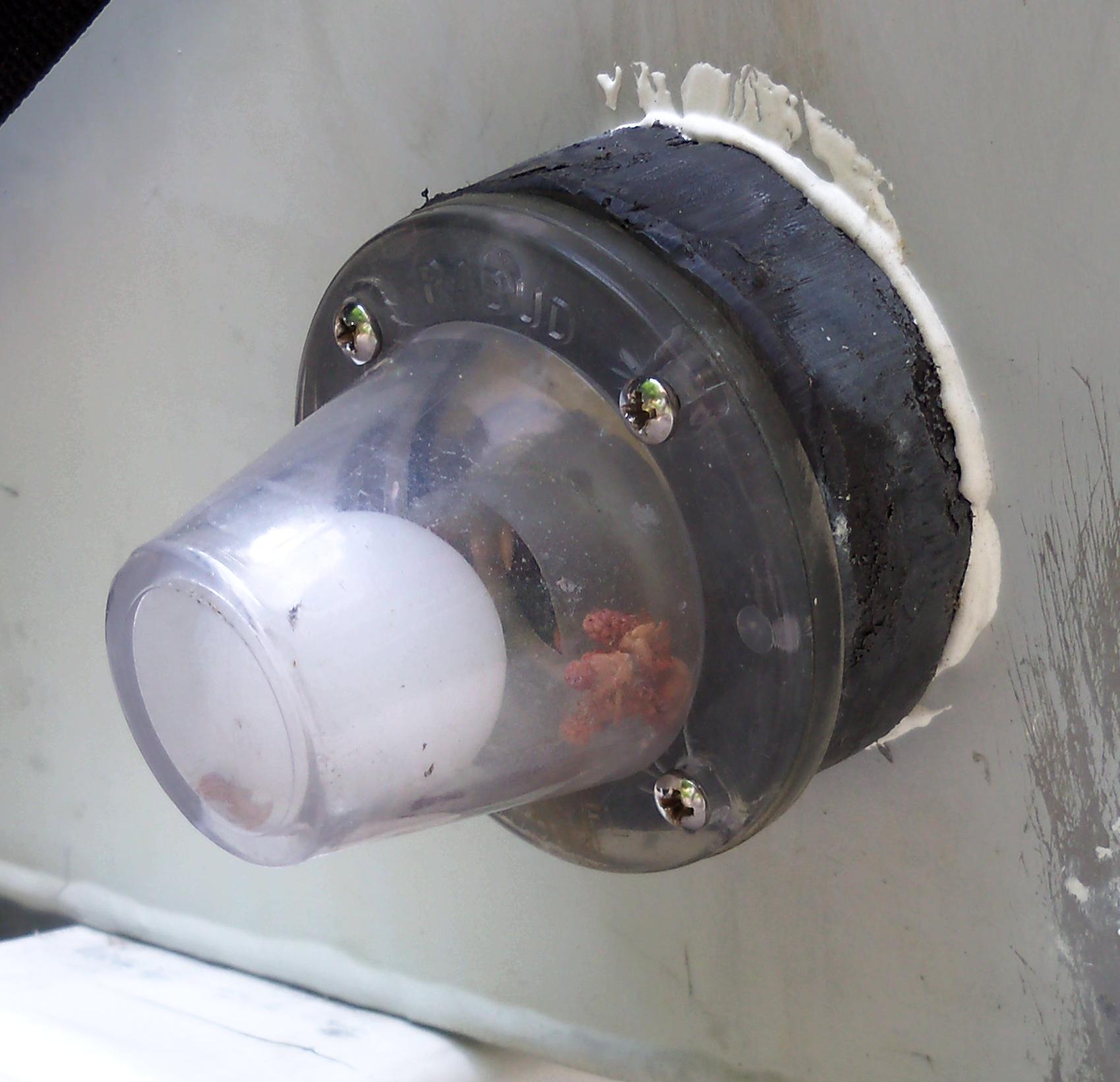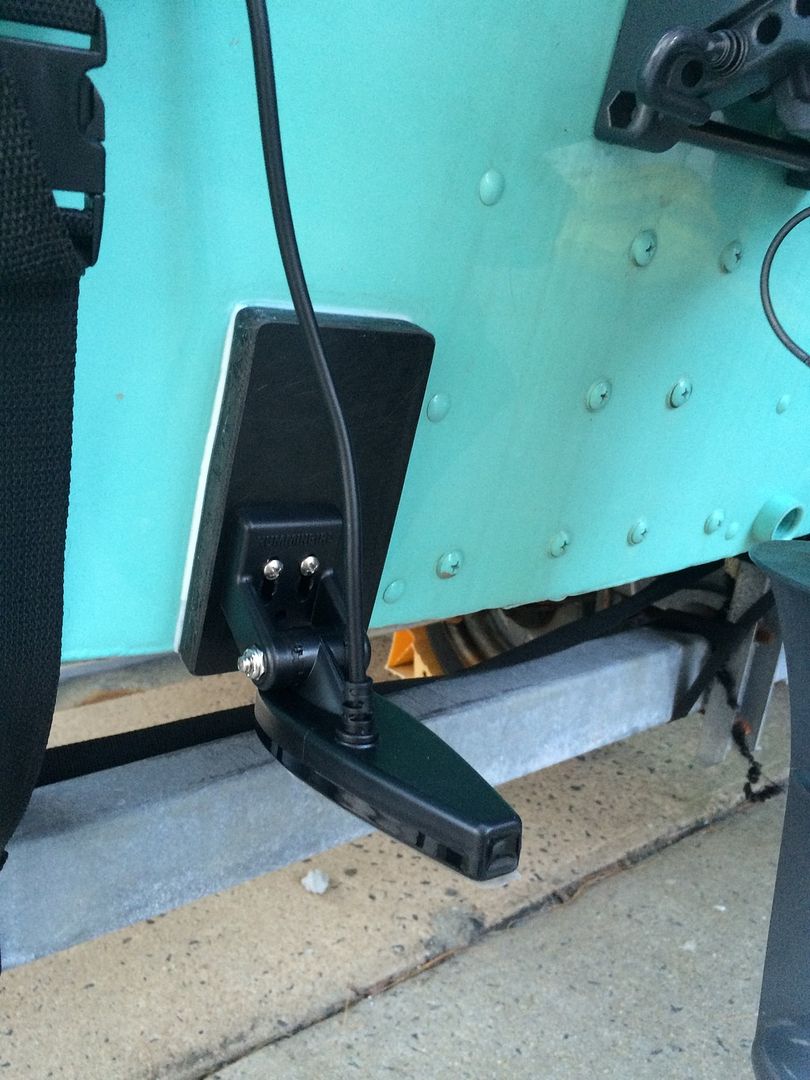I have ordered a piranhamax fish finder and am planning to mount it on my 1648 flatboat. I am concerned (afraid) to mount it directly to the transom for 2 reasons. 1) I am afraid to drill holes below the water line (may just be my ignorance here). 2) THe wood in my transom does not go down close enough to the floor, and the holes for the transducer mount may only be going through aluminum (would that be okay?)
I have seen some sort of transom saver that you glue to the back of the transom, and the transducer mounts to that. But it costs $50, and I was trying to not spend so much. I read an old post on the internet where someone glued a plastic cutting board with marine epoxy to the transom and mounted the transducer to that. I went to Walmart, but all of the cutting boards were only about 1/2 inch thick, and I thought that would not be thick enough.
Help.
I have seen some sort of transom saver that you glue to the back of the transom, and the transducer mounts to that. But it costs $50, and I was trying to not spend so much. I read an old post on the internet where someone glued a plastic cutting board with marine epoxy to the transom and mounted the transducer to that. I went to Walmart, but all of the cutting boards were only about 1/2 inch thick, and I thought that would not be thick enough.
Help.




























































